Some places seem immune to the relentless march of time. These remarkable destinations preserve their historic charm so thoroughly that stepping into them feels like traveling through a portal to another era. Whether it’s cobblestone streets that echo with centuries of footsteps, Victorian mansions that still house families, or main streets where horse-drawn carriages share space with modern cars, these towns offer something increasingly rare in our fast-paced world.
Here is a list of 20 towns that will transport you to a different time, each one a living museum where the past feels vibrantly present.
Williamsburg, Virginia

Colonial Williamsburg isn’t just a tourist attraction—it’s a fully functioning 18th-century town where costumed interpreters live and work as if the American Revolution just happened. The streets buzz with blacksmiths hammering iron, tavern keepers serving period fare, and horse-drawn carriages carrying visitors past buildings that George Washington actually visited.
You can watch candle makers craft their wares by hand and listen to town criers announce the day’s news, making you wonder if you’ve somehow slipped back to 1775.
Savannah, Georgia
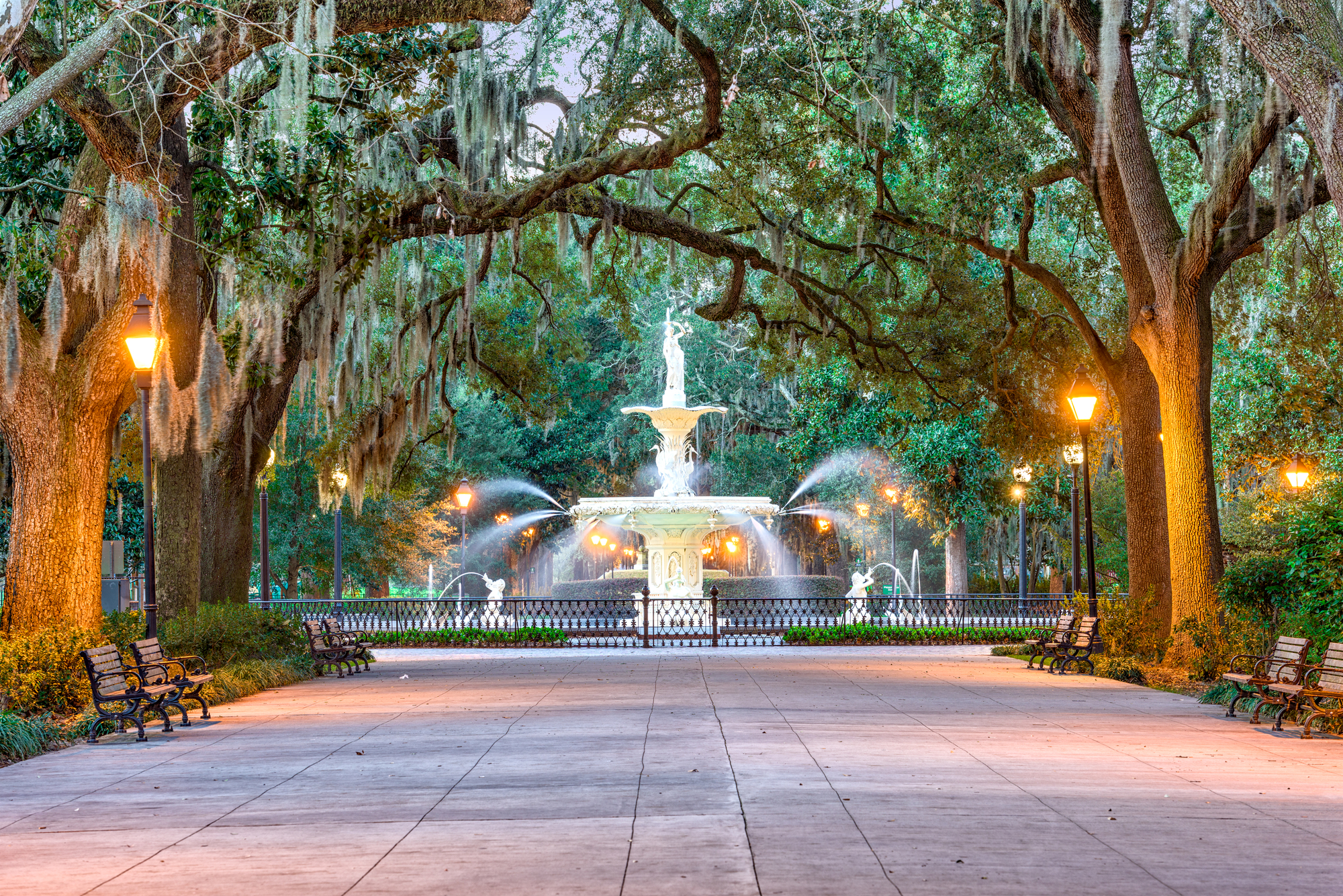
Savannah’s historic district sprawls across 2.5 square miles of perfectly preserved antebellum architecture, where Spanish moss drapes over centuries-old oak trees like nature’s own curtains. The city’s famous squares, laid out in the 1730s, still serve as neighborhood gathering spots where locals chat on wrought-iron benches beneath towering monuments.
Walking tours here don’t just tell stories—they make you feel like you’re living in a Southern Gothic novel where the past refuses to stay buried.
Like Travel Pug’s content? Follow us on MSN.
Charleston, South Carolina
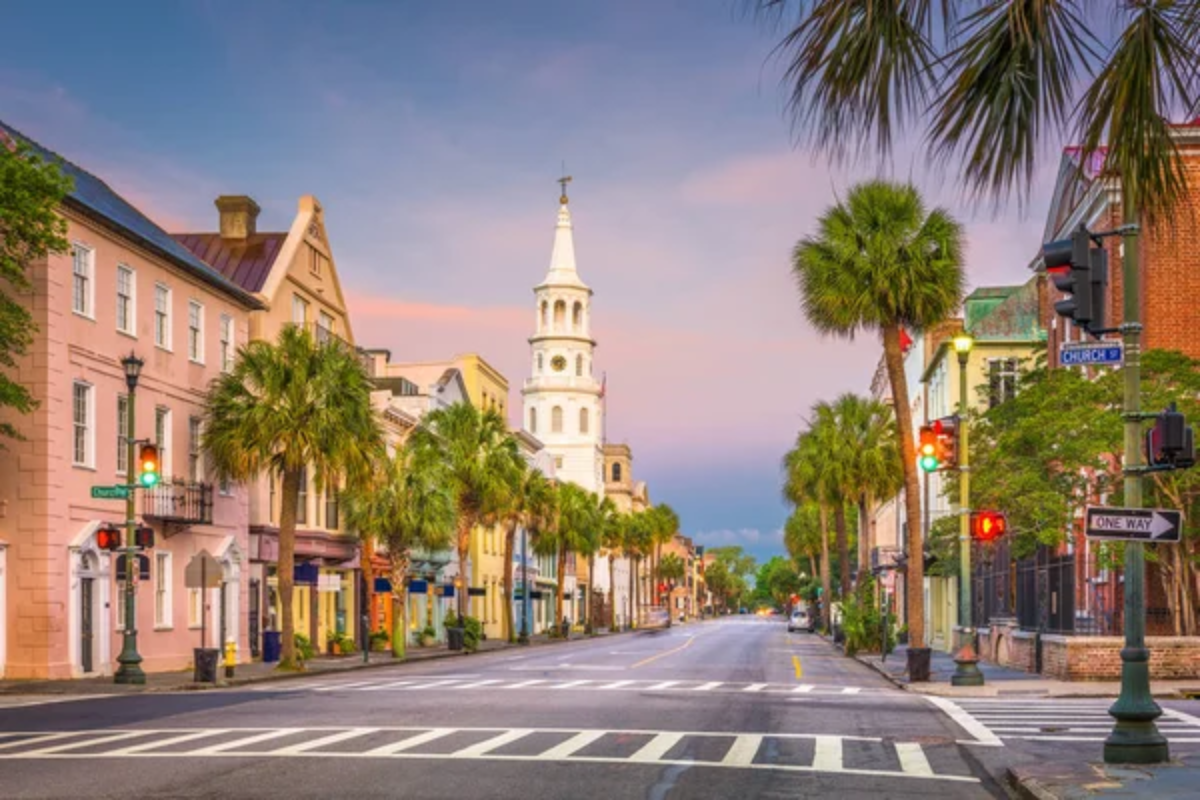
Charleston’s Rainbow Row presents a stunning lineup of Georgian and Federal-style houses painted in soft pastels, their colors as vibrant today as they were 200 years ago. Horse-drawn carriages clip-clop down cobblestone streets past grand mansions with wraparound porches, where ceiling fans still stir the humid air just as they did in the 1800s.
The city moves at a genteel pace that seems to acknowledge that some things, like good manners and sweet tea, are two things that should never be rushed.
St. Augustine, Florida

America’s oldest continuously inhabited city wears its 450-year history like a comfortable old coat. The narrow streets of the historic district wind past Spanish colonial buildings with their distinctive coquina stone walls, while the Castillo de San Marcos stands guard over Matanzas Bay just as it has since 1672.
Street performers dressed as conquistadors and pirates add to the atmosphere, but the real magic happens when you realize that people have been walking these same paths for nearly five centuries.
Mackinac Island, Michigan

Cars haven’t been allowed on Mackinac Island since 1898, which means the clip-clop of horse hooves and the gentle whir of bicycle wheels provide the only soundtrack to daily life. Victorian hotels like the Grand Hotel maintain their 19th-century elegance with the world’s longest porch stretching 660 feet along the bluff overlooking the Straits of Mackinac.
The island’s fudge shops, operated by families for generations, still make their confections the same way they did when steamships first brought tourists to this Lake Huron paradise.
Like Travel Pug’s content? Follow us on MSN.
Bar Harbor, Maine
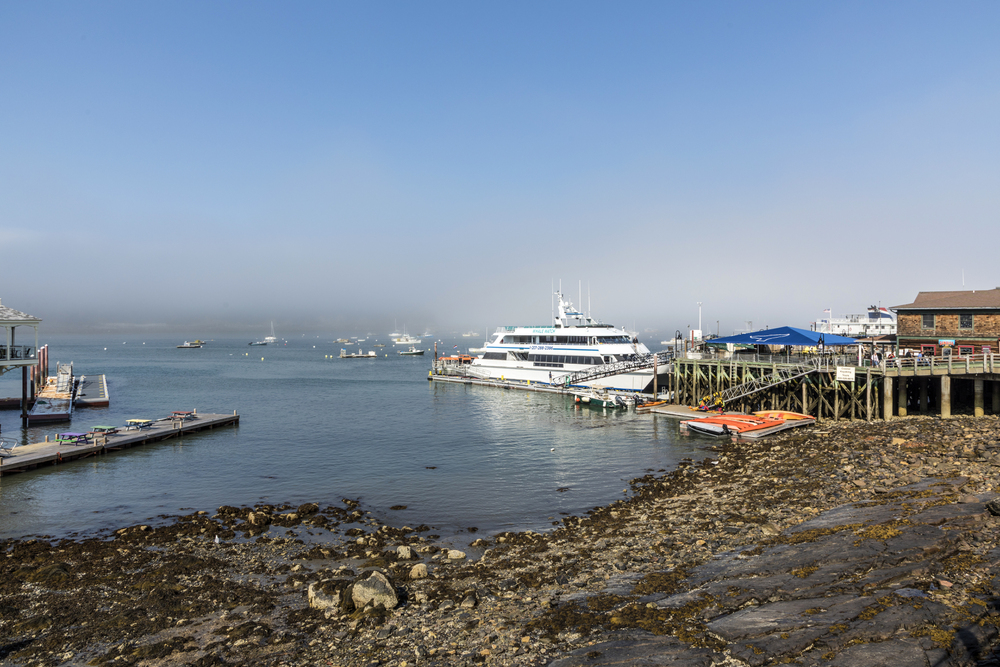
This coastal gem has preserved its Gilded Age charm so well that you half expect to see robber barons stepping out of their ‘cottages’—massive mansions that line the shore like sleeping giants. The town’s compact downtown maintains its turn-of-the-century character with locally owned shops housed in buildings that have served the community for over a century.
Lobster boats still head out before dawn just as they have for generations, their catches ending up in restaurants where the recipes haven’t changed since great-grandparents first perfected them.
Eureka Springs, Arkansas
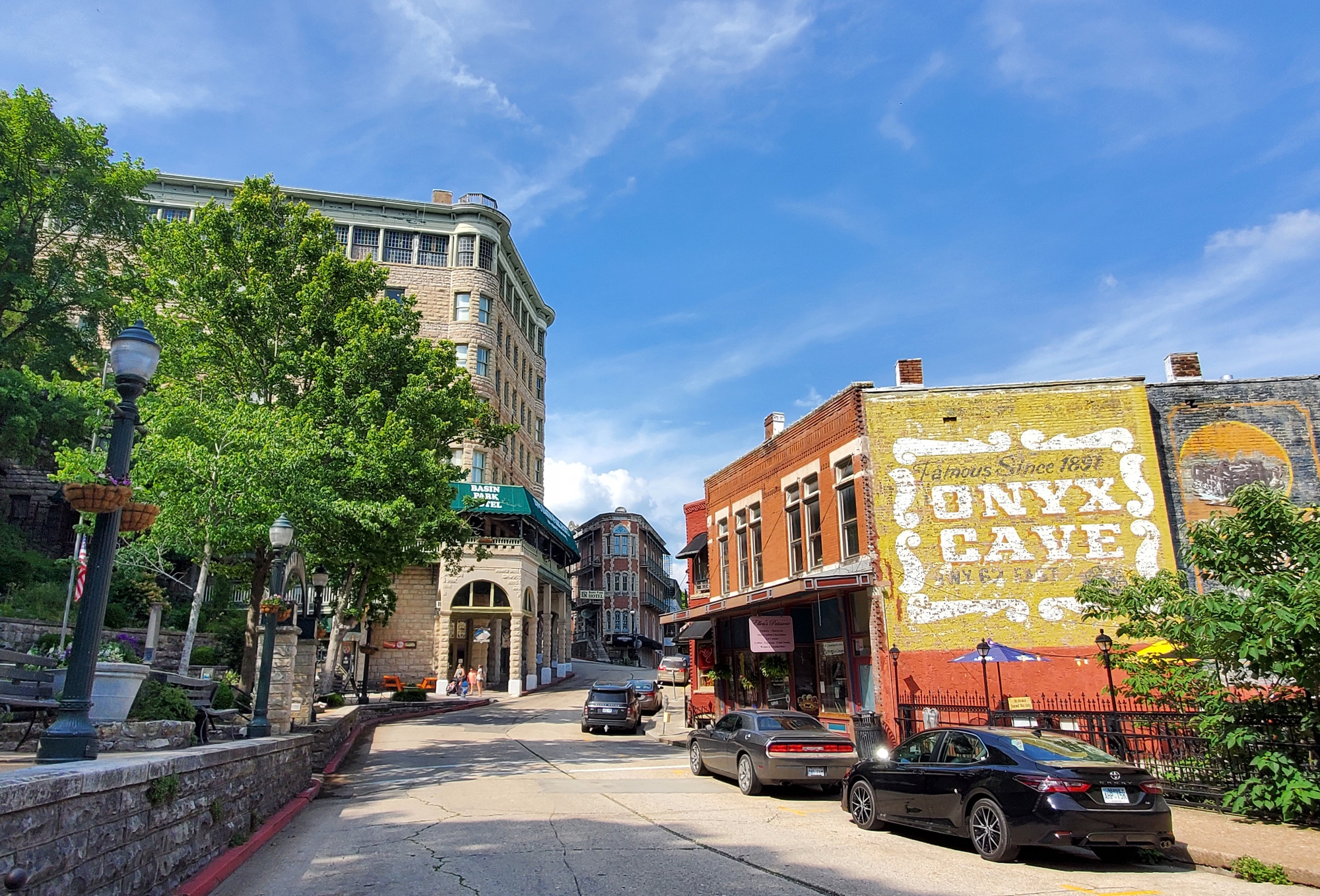
Perched on the side of the Ozark Mountains, Eureka Springs looks like a Victorian fairy tale that someone forgot to update. The entire downtown area is listed on the National Register of Historic Places, with narrow, winding streets that follow the natural contours of the mountainside rather than any modern grid system.
Spring-fed fountains still flow throughout the town, just as they did when people first came here in the 1880s seeking the healing powers of the mineral waters.
Deadwood, South Dakota
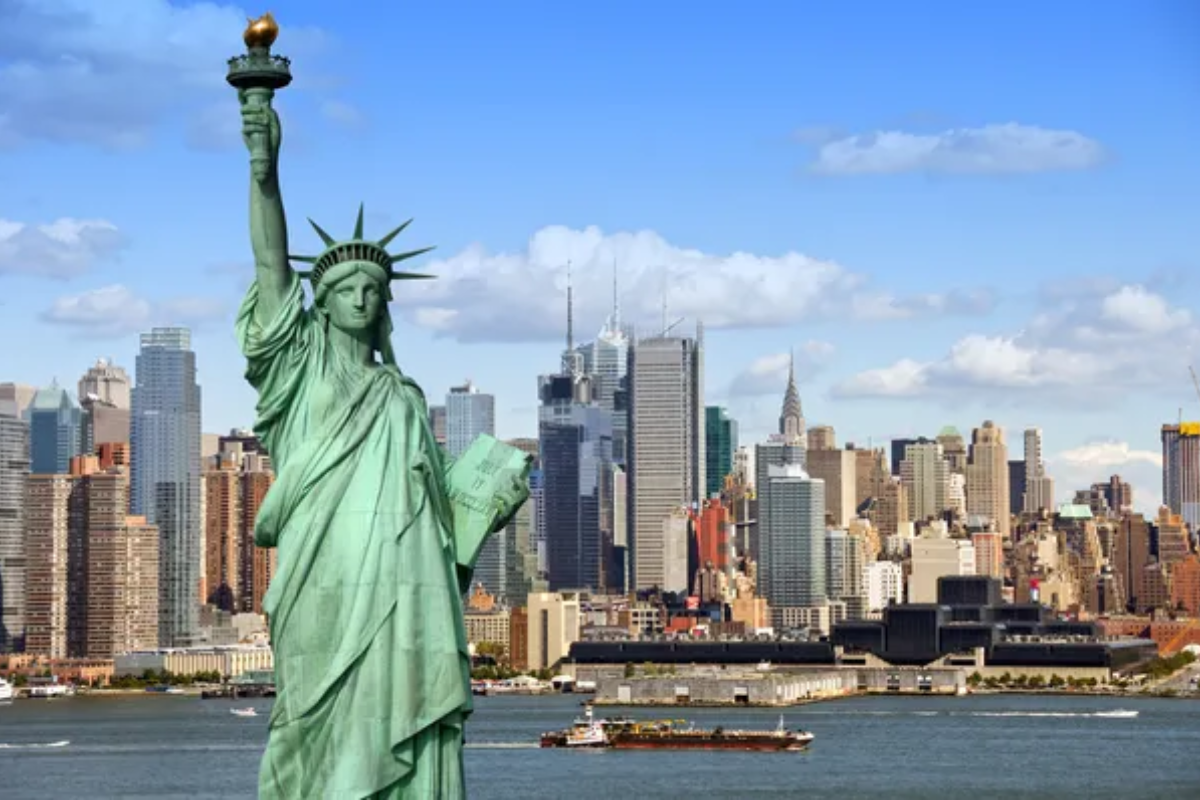
Gold rush fever still seems to hang in the air of this Black Hills town where Wild Bill Hickok met his famous end. The main street maintains its 1870s appearance with wooden sidewalks, false-front buildings, and saloons that have been serving drinks for over 140 years.
Reenactments happen regularly, but the town’s authentic Western atmosphere makes you feel like the gunslingers and prospectors never really left—they’re just taking a coffee break.
Like Travel Pug’s content? Follow us on MSN.
Telluride, Colorado

Nestled in a box canyon at 8,750 feet above sea level, Telluride preserves its mining town heritage with remarkable authenticity. Victorian-era buildings line the main street, their colorful facades creating a striking contrast against the dramatic mountain backdrop that rises nearly 2,000 feet on all sides.
The town’s isolation helped preserve its character, and today you can still walk into saloons that have been serving drinks since the 1880s, when this was one of the most remote mining camps in the American West.
Carmel-by-the-Sea, California

This artistic enclave looks like a storybook village in which someone has shrunk down to a human scale. Houses resemble fairy tale cottages with thatched roofs, crooked chimneys, and doors that seem designed for hobbits rather than humans.
The town deliberately maintains its whimsical character—street addresses don’t exist; mail gets delivered to house names like ‘Hansel’ or ‘Sea View Cottage,’ and the mayor’s office operates from a building that looks more like a gingerbread house than a seat of government.
Mystic, Connecticut
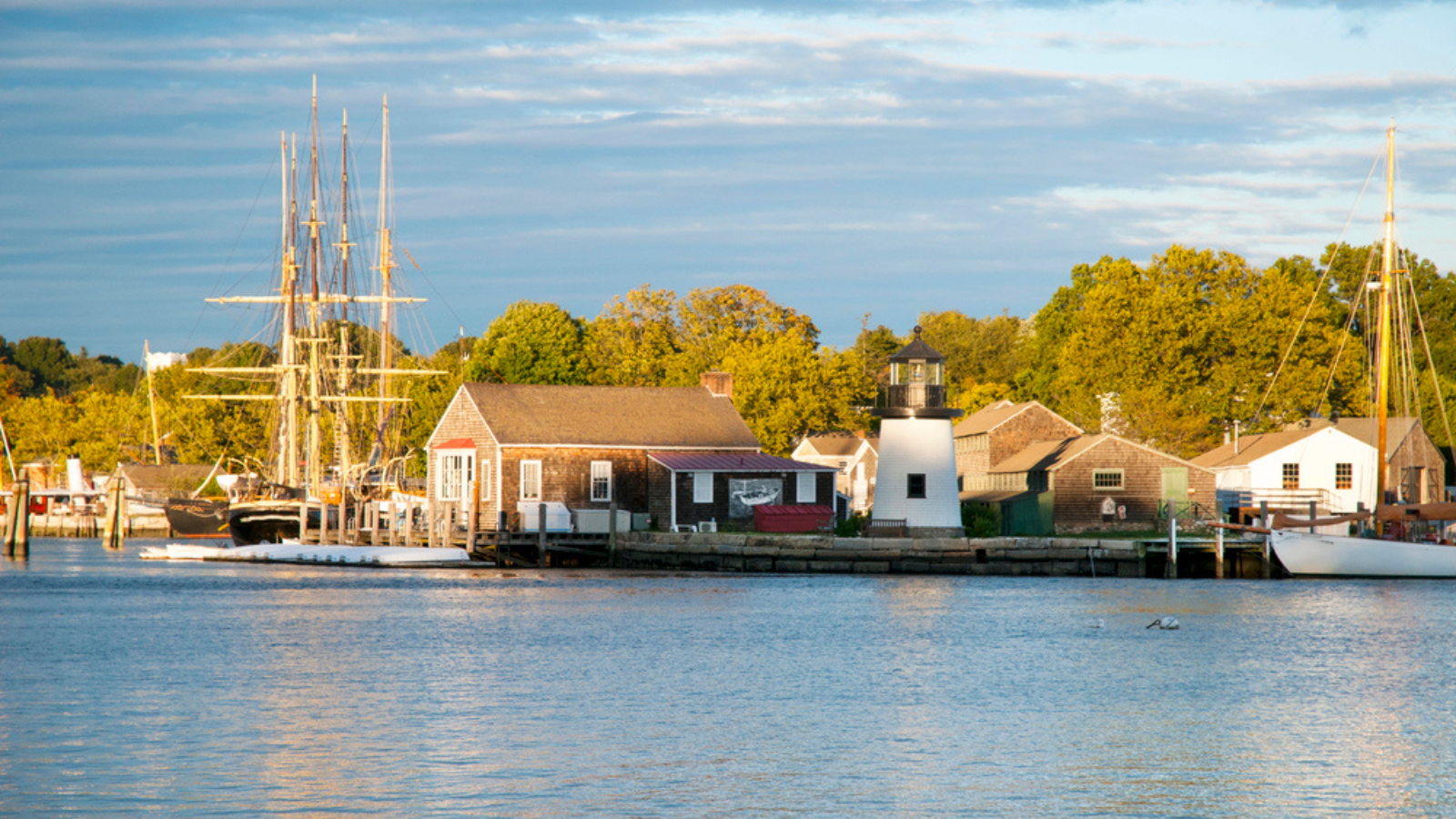
The Mystic River still reflects the masts of tall ships just as it did when this was one of America’s premier shipbuilding ports. The recreated 19th-century seaport brings maritime history to life with working artisans who build and restore vessels using traditional techniques.
You can watch rope makers twist hemp into sturdy lines and listen to sea chanties while tall ships prepare for their next voyage, creating an atmosphere where the golden age of sail feels like it never ended.
Like Travel Pug’s content? Follow us on MSN.
New Hope, Pennsylvania
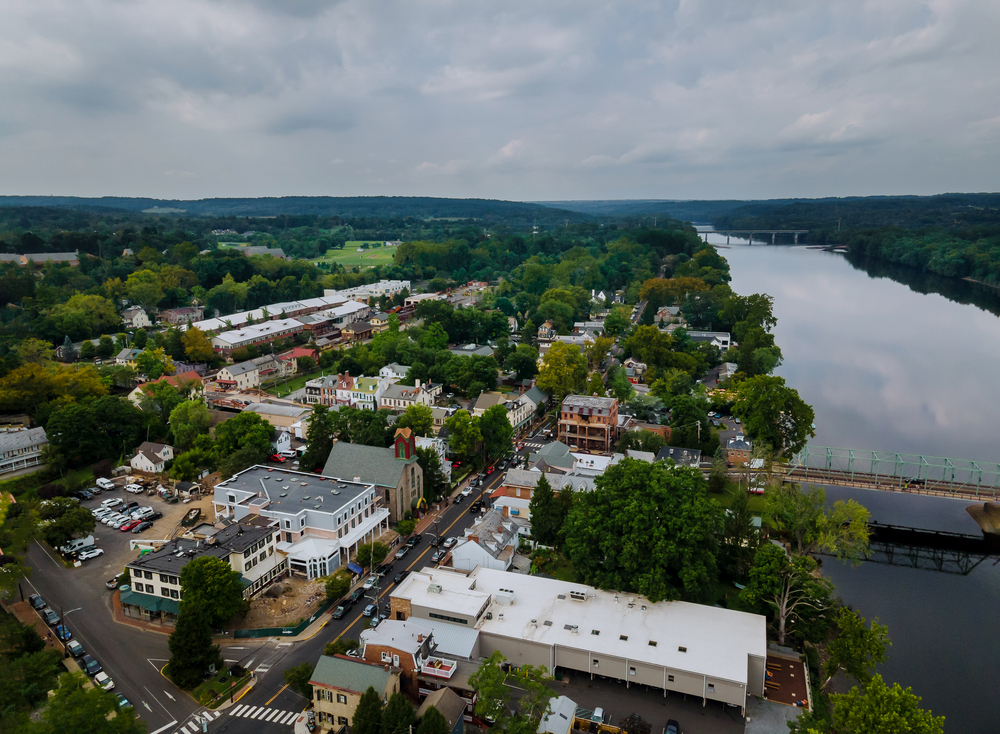
Artists and writers discovered this Delaware River town in the 1930s and transformed it into a bohemian retreat that time seems to have forgotten. The historic district maintains its 18th-century charm with stone buildings that house galleries, antique shops, and restaurants in structures that once served as mills and taverns.
The old-fashioned steam locomotive still carries passengers along the same route it has for decades, its whistle echoing through the river valley like a sound from a simpler era.
Galena, Illinois
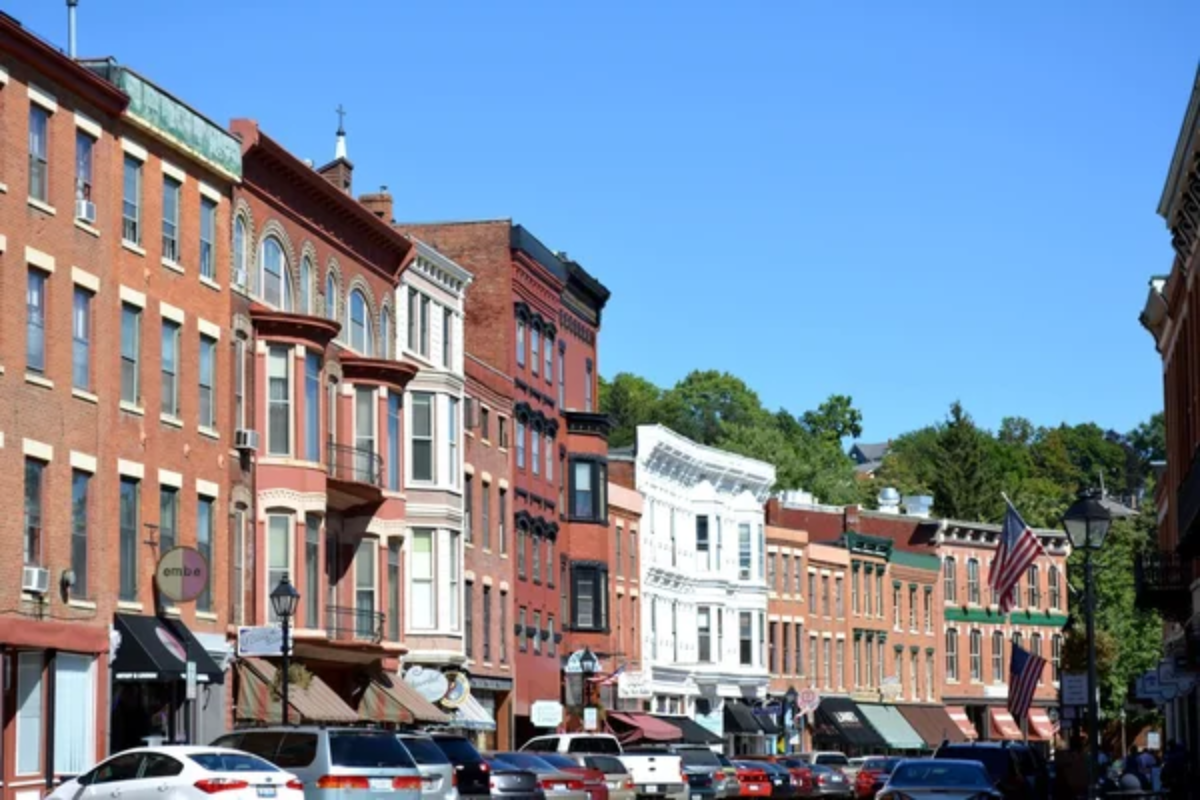
Galena’s prosperity peaked in the 1850s when lead mining made it one of the most important cities in the Midwest, and then time essentially stopped. Over 85% of the buildings in the historic district were built before the Civil War, creating a remarkably intact 19th-century streetscape that still feels alive with history.
Ulysses S. Grant’s home still sits on Bouthillier Street, and you can walk the same sidewalks he did when he returned home as a conquering general, the town looking much the same as it did when he left to save the Union.
Cape May, New Jersey
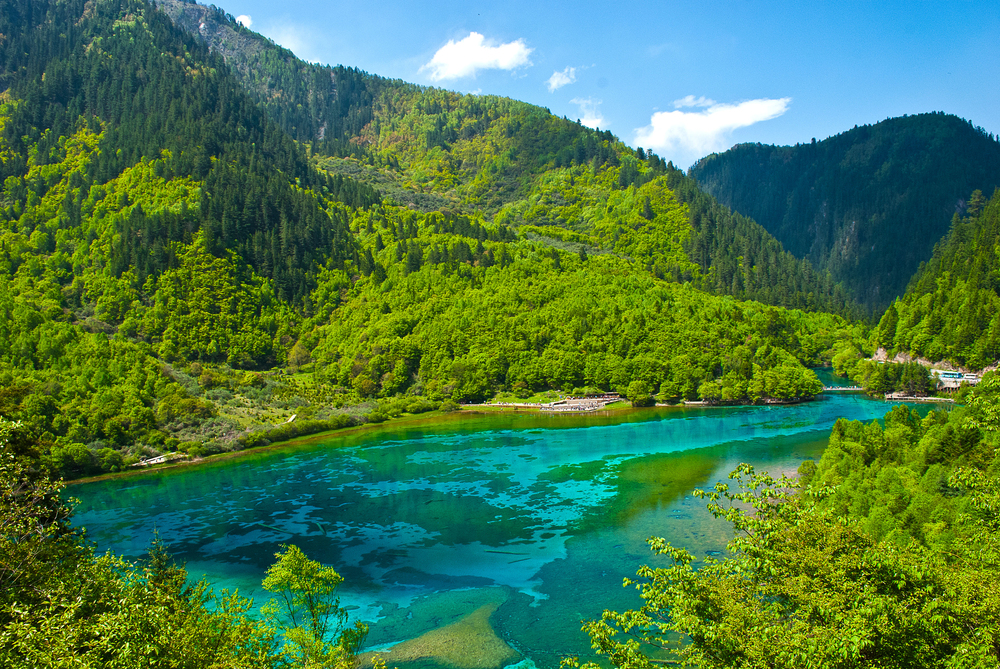
The entire city of Cape May is a National Historic Landmark, the only place in America to hold that distinction. Victorians painted ladies’ lines street after street, their gingerbread trim and bright colors creating a rainbow of 19th-century architecture that has survived hurricanes, economic downturns, and the passage of time.
Horse-drawn carriage tours still clip-clop down the tree-lined streets, and the sound of waves crashing on the beach provides the same soundtrack that has lulled visitors to sleep for over 150 years.
Like Travel Pug’s content? Follow us on MSN.
Old Sturbridge Village, Massachusetts
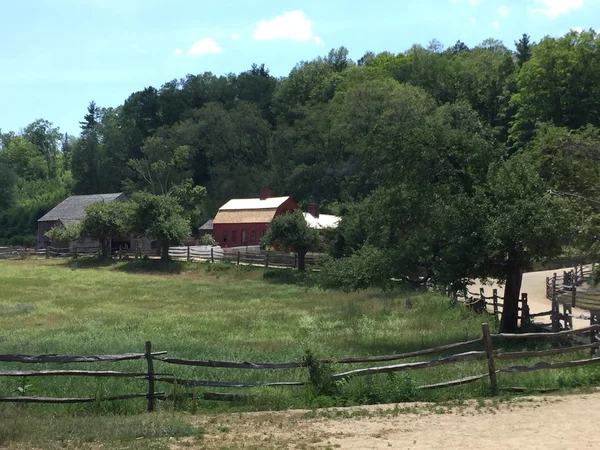
This living history museum recreates rural New England life in the 1790s with such attention to detail that you forget you’re visiting a recreation. Costumed interpreters don’t just demonstrate old crafts—they live as their ancestors did, tending gardens, raising livestock, and operating mills using water power just as families did 230 years ago.
The village feels so authentic that you expect to see a horse and buggy come around the bend carrying passengers to the next town over.
Natchez, Mississippi

Perched high on bluffs overlooking the Mississippi River, Natchez preserves antebellum Southern culture like a museum piece that people still call home. Magnificent mansions from the cotton boom era still dominate the landscape, their columns and galleries creating shadows that have cooled generations of families.
The town moves at a pace that acknowledges life should be savored rather than rushed, and you can still attend garden parties in homes where Confederate generals once danced with Southern belles.
Hermann, Missouri

German immigrants founded Hermann in the 1830s with the dream of creating a ‘new Germany’ along the Missouri River, and their vision remains remarkably intact. Stone buildings with distinctly European architecture house family wineries that have been making wine for five generations, using techniques brought from the old country.
The town’s Oktoberfest celebration feels authentic because it is—these families have been brewing beer and making sausage the same way their great-great-grandparents did in Bavaria.
Like Travel Pug’s content? Follow us on MSN.
Nevada City, California
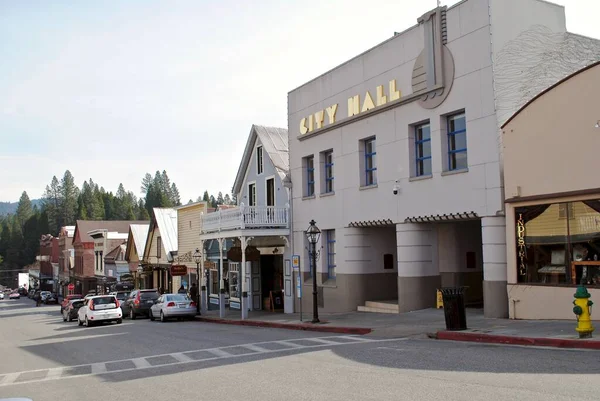
Gold rush architecture fills every block of this Sierra Nevada foothills town, where Victorian mansions and false-front commercial buildings create a streetscape that hasn’t changed since the 1870s. The National Hotel has been hosting guests since 1856, making it one of the oldest continuously operating hotels west of the Rockies.
You can still pan for gold in the same streams that drew thousands of fortune seekers, and local theater groups perform in a building where Mark Twain once entertained miners with his wit.
Port Townsend, Washington

This Victorian seaport on the Olympic Peninsula was expected to become the ‘New York of the West Coast’, but instead got frozen in time when the railroad bypassed it in the 1890s. Grand mansions built by optimistic merchants still crown the bluffs above the harbor, their elaborate ‘gingerbread’ trim as intricate today as when ship captains first admired it from their decks.
The downtown waterfront district maintains its maritime character with working boats, sea shanty festivals, and the kind of foggy mornings that make you half-expect to see tall ships emerging from the mist.
Jim Thorpe, Pennsylvania

Named after the legendary Olympic athlete, this Pocono Mountains town preserves its role as a crucial link in America’s coal mining heritage. Victorian mansions built by coal barons still overlook the Lehigh River, their elaborate architecture creating a striking contrast with the rugged landscape that made their fortunes possible.
The old railroad station still operates scenic train rides through the same mountain passes that once carried anthracite coal to fuel America’s industrial revolution, and you can almost hear the echoes of steam whistles that once announced prosperity to the entire valley.
Like Travel Pug’s content? Follow us on MSN.
Living History in Modern Times

These towns prove that progress doesn’t always mean erasing the past. They’ve discovered something valuable that our fast-paced world often overlooks—that preserving history creates spaces where people can reconnect with simpler rhythms and deeper connections.
Each destination offers visitors a chance to step off the treadmill of modern life and remember what communities looked like when neighbors knew each other’s names and main streets thrived as the heart of daily life. The magic isn’t just in the preserved buildings or horse-drawn carriages, but in the reminder that some things improve with age rather than constant change.
More from Travel Pug

- 20 Best Beach Towns in the Carolinas
- 13 Destinations Where Tourists Regularly Regret Their Trip
- 20 Destinations That Are More Magical Without an Itinerary
- 20 Underrated Adventures That Belong on Your Travel List
- 20 Cities Where You Should Just Wing It, No Planning Required
Like Travel Pug’s content? Follow us on MSN.
